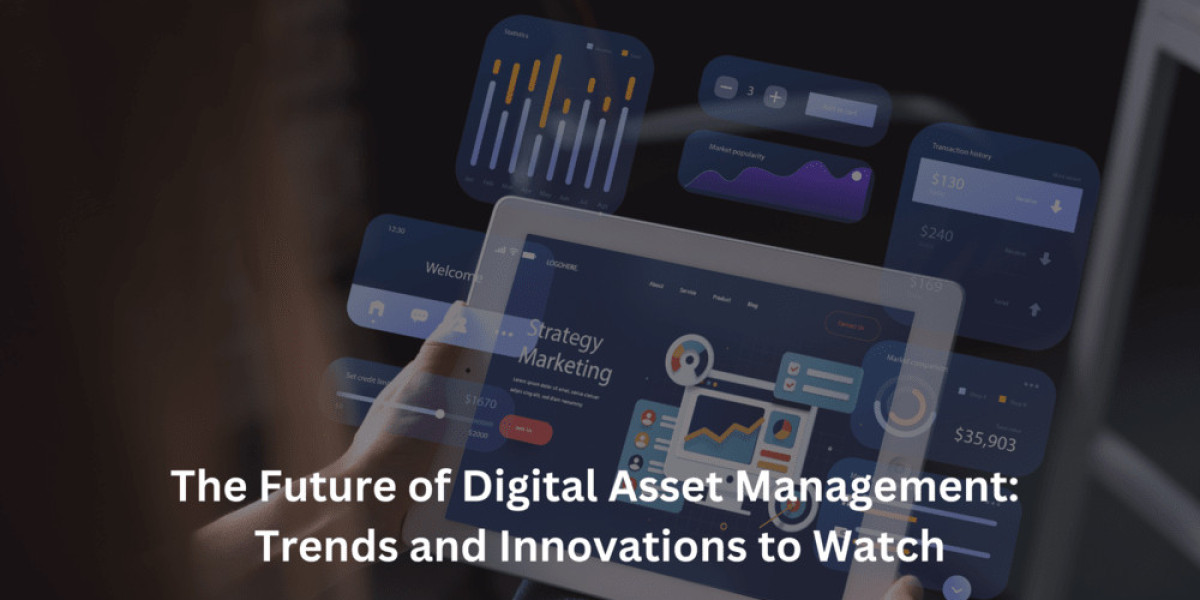The landscape of Digital Asset Management (DAM) is rapidly evolving, driven by technological advancements and changing market demands. As organizations increasingly recognize the importance of effectively managing their digital assets, several trends and innovations are shaping the future of DAM. This blog explores these developments, emphasizing the integration of Martech innovations and the implications for businesses navigating the complex world of technology news.
The Shift from Traditional DAM to Integrated Content Hubs
Historically, Digital Asset Management systems served primarily as repositories for storing and sharing digital files, such as images and videos. However, the role of DAM has expanded significantly. Modern DAM solutions are transforming into comprehensive content hubs that facilitate the management, classification, and distribution of digital assets across various channels. This shift enables organizations to maintain brand consistency and streamline creative processes, ultimately enhancing customer engagement and satisfaction.
Key Features of Modern DAM Systems
- Intelligent Tagging and Data Enrichment: Advanced technologies, including artificial intelligence (AI) and machine learning (ML), are revolutionizing how digital assets are tagged and enriched. These innovations enable automated tagging, making it easier to categorize and retrieve assets, thus improving workflow efficiency.
- Seamless Integrations: The future of DAM is heavily reliant on interoperability with other systems. Organizations are increasingly seeking solutions that integrate seamlessly with their existing technology stacks. This trend not only enhances the user experience but also optimizes content workflows from asset creation to delivery, breaking down silos and maximizing return on investment (ROI).
- Cloud-Based Solutions: With the rise of remote work, cloud-based DAM systems are becoming essential. They provide teams with the flexibility to access and collaborate on digital assets from anywhere, ensuring that organizations can maintain productivity regardless of location. This shift also supports the growing demand for headless or composable DAM tools, which offer customization without unnecessary features.
The Role of AI and Automation in DAM
Artificial intelligence is at the forefront of the DAM revolution. By automating repetitive tasks such as tagging and metadata generation, AI allows marketing teams to focus on strategic initiatives rather than manual processes. Furthermore, predictive analytics powered by AI can provide insights into asset performance, helping organizations make data-driven decisions about content strategy and distribution.
Enhancing User Experience
While technology is critical, the human element remains paramount. Successful DAM implementations require user adoption and engagement. Organizations must invest in change management strategies to ensure that employees are equipped to leverage new tools effectively. This includes training programs and user-friendly interfaces that prioritize the needs of the end-user.
The Importance of Security in Digital Asset Management
As digital assets grow in volume and value, so does the need for robust security measures. Future DAM systems will likely incorporate advanced security features, such as multi-factor authentication and sophisticated encryption technologies, to protect sensitive data and prevent unauthorized access. This focus on security is essential in an era where data breaches can have significant financial and reputational repercussions.
Embracing Martech Innovations
The integration of Martech innovations into DAM systems is a trend that cannot be overlooked. As marketing technologies continue to evolve, DAM solutions are increasingly being viewed as integral components of broader marketing technology stacks. This integration allows for enhanced targeting and content customization, which are essential for improving brand performance and driving sales.
The Future of Digital Asset Management
Looking ahead, the future of Digital Asset Management is bright, characterized by continuous innovation and adaptation. As organizations embrace these trends, they will be better positioned to meet the demands of an ever-changing digital landscape. Key areas to watch include:
- Increased Adoption of AI and Automation: Expect to see more organizations leveraging AI to enhance their DAM capabilities, from intelligent tagging to predictive analytics.
- Focus on User-Centric Design: As user experience becomes a priority, DAM providers will need to create intuitive interfaces that facilitate easy navigation and asset retrieval.
- Enhanced Integration Capabilities: The demand for seamless integrations will drive the development of low-code and no-code solutions, enabling organizations to customize their DAM systems without extensive technical expertise.
- Robust Security Measures: As security threats evolve, DAM systems will need to incorporate advanced protective features to safeguard digital assets and maintain compliance with data protection regulations.
Conclusion
Digital Asset Management is undergoing a significant transformation, fueled by technological advancements and the growing importance of effective content management. By embracing these trends and innovations, organizations can enhance their marketing strategies, improve customer engagement, and ultimately drive business growth. As the landscape continues to evolve, staying informed about the latest technology news and developments in DAM will be crucial for businesses looking to thrive in the digital age.



